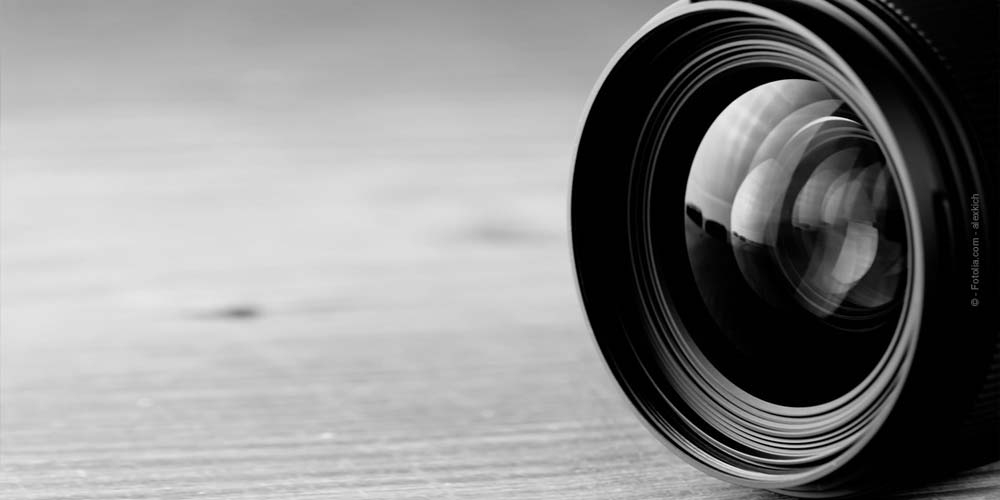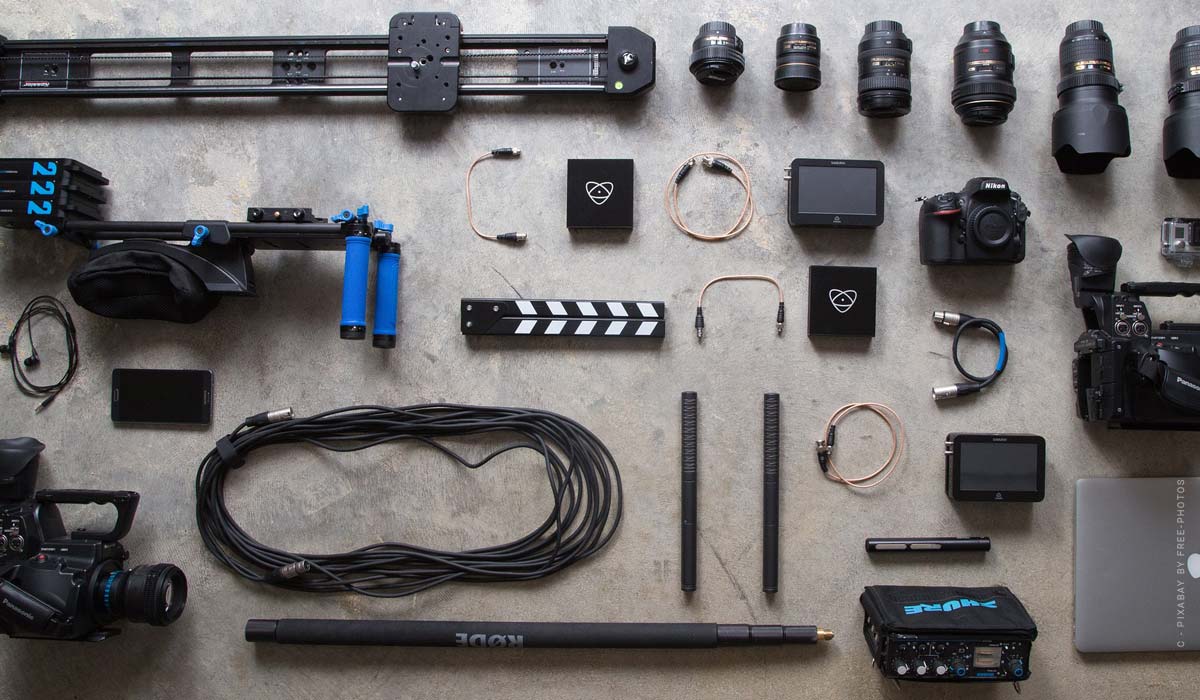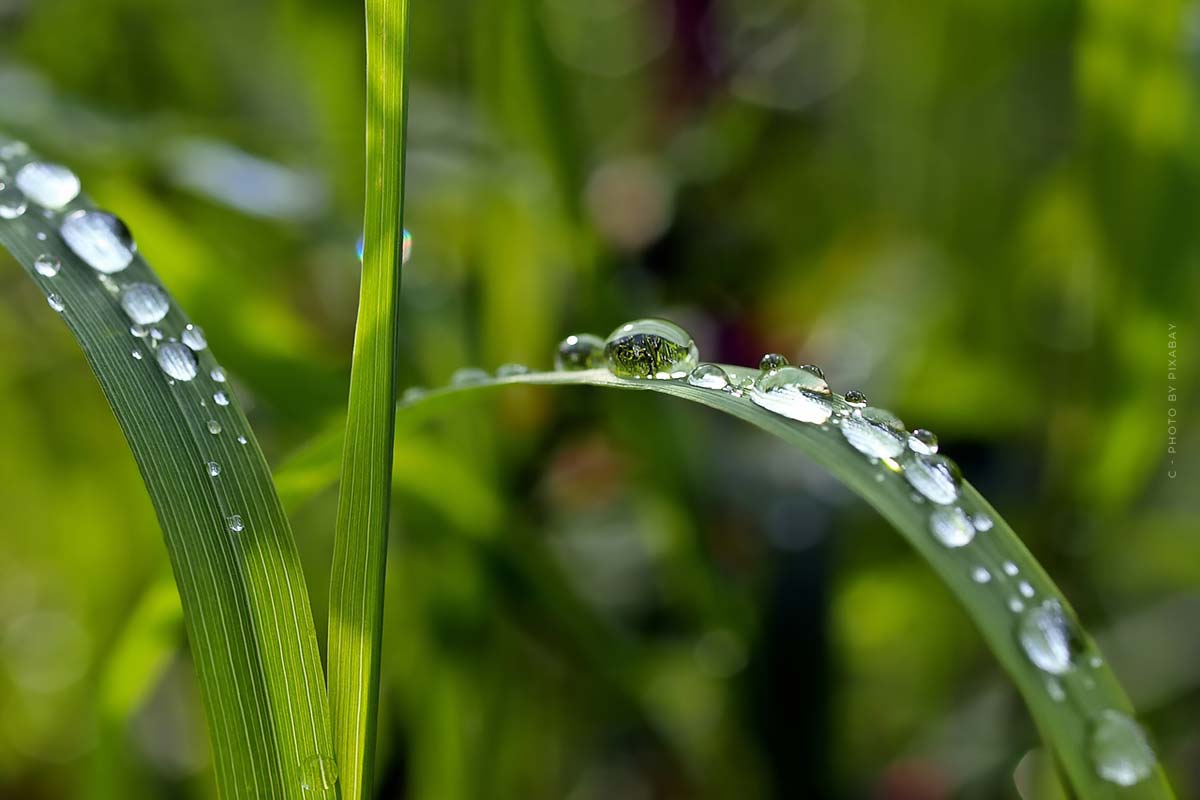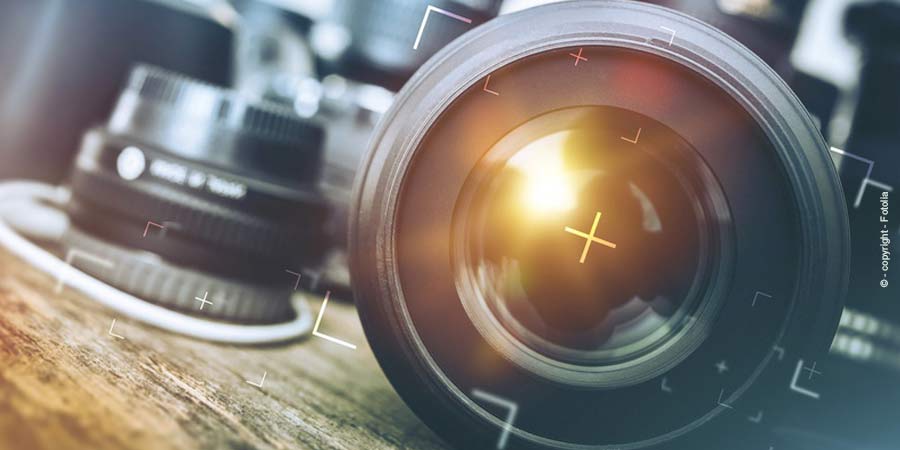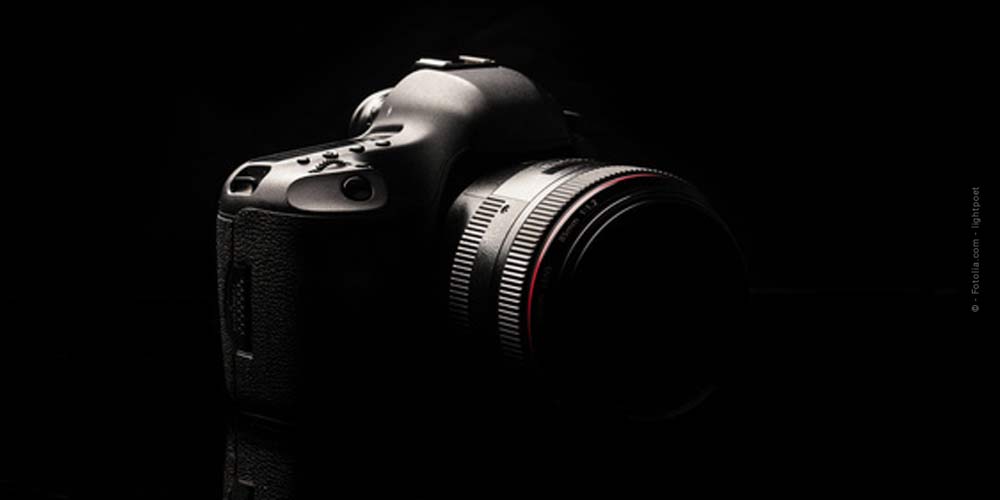Photography Basics: the Depth of Field
The term depth of field describes the extent of the sharp area in the photo. With a small depth of field, only the foreground is sharp, with an increasing depth of field, the photo becomes sharper and sharper until finally the whole background is sharp. The means by which the depth of field is controlled is the aperture. A small f-number provides a small depth of field (only foreground sharp), a large f-number provides a large depth of field (everything up to the background is sharply focused).
depth of field – what is that?
The term depth of field describes the extent of the sharp area in the photo. The word depth of field should therefore be taken literally. It is a measure of how deeply into the photo (or correctly formulated: into the object space) all objects are sharply depicted. A shallow depth of field means that only objects in the foreground are really sharp, while the background is blurred. Conversely, a large depth of field means that both the foreground and background are in focus. You must therefore ensure a low depth of field if, for example, you want to make a portrait.
Then only the person is interested, the background is uninteresting. However, if you want to photograph a landscape, it is of course desirable to provide a large depth of field so that the landscape is as deep as possible in focus. In macro photography, on the other hand, a strongly blurred background is more desirable again so that the viewer’s gaze is fully focused on the object – for example, a bee on a flower.
It is only about the bee and the veining in the wings. The brook, which perhaps flows half a meter deeper under the flower, is of no interest and can rise in the blurred background. If you place the object skillfully, then you can direct the viewer’s gaze to the object with an appropriately adjusted focal length and depth of field. To do this, you must place the depth of field as close as possible to the main motif. This makes the foreground and background less sharp and the object is completely in the sharp area. This is called selective blurring.
depth of field – how do I do that?
The means by which you can influence the depth of field is the aperture. A large aperture provides a shallow depth of field, a small aperture provides a large depth of field. Please note that in photographer’s jargon a large aperture means a large aperture and thus a small number of apertures. f/2.8 thus provides a small depth of field (background blurred), while f/16 provides a large depth of field (background sharp). For the example of a portrait shot mentioned above, you have to set a small aperture number so that the person stands out from the background. It’s called exemption.
The same applies to the bee on the blossom. It stands out against the stream flowing underneath if you set a small aperture number (photograph with a large aperture, as a photographer would say). For our landscape, on the other hand, you have to set a large f-number so that as much of it as possible is sharply displayed. A small aperture ensures of course that little light falls on the sensor. Therefore, don’t forget to set the shutter speed longer and increase the ISO value if necessary.
However, higher ISO values have a negative effect on the image quality, so that you should rather use a tripod. Of course, most cameras have an automatic function (“Av” is the name of this setting in Canon, for example), where you only have to worry about the f-number and the camera then automatically adjusts the shutter speed and ISO value – but you should still keep an eye on what your camera is setting, because that’s not always correct.
The depth of field is an important design element. With a small depth of field on the one hand, objects (especially people in portrait photography) can be lifted from the background (released). On the other hand, with a large depth of field, all objects, including the background, are sharply focused (important for landscape shots). The depth of field is controlled by the aperture. A small f-number provides a small depth of field, a large f-number provides a large depth of field.

